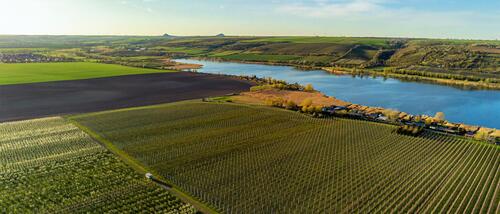
Methane levels in the atmosphere are now more than two and a half times their pre-industrial level, accounting for 25% of global warming to date. Understanding the many sources of methane emissions and how they may change in the future is vital to climate modeling and mitigation. Freshwater ecosystems account for about half of global methane emissions in the atmosphere but quantifying the specific amount has been difficult because estimates from rivers and streams vary widely and such estimates were not well documented.
A breakthrough study, co-authored by Yale School of the Environment Professor of Ecosystem Ecology Peter Raymond (YIBS affiliate), research scientist Guiseppe Amatulli, postdoctoral associate Shaoda Liu, and a team of international scientists, provides the most comprehensive estimate to date of monthly methane emissions from rivers and streams worldwide.
The research, published in Nature, confirmed that rivers are an important source of methane in the atmosphere, similar to emissions levels from lakes, which have a larger surface area. The study estimates that 27 teragrams of methane is emitted globally from rivers and streams, which is about a quarter of the methane produced by fossil fuels.
“This is the first global estimate that is spatially and temporally resolved, which we needed in order to get a firmer understanding of the global methane budget. It is a big step forward. We now have a much better predictive capacity for methane, which is a really difficult greenhouse gas to model,” Raymond says. For more information, click here for an article published by the Yale School of the Environment.



